Traveling with architecture, art, and planning students all together gives you a wide range of perspectives on a trip like ours to the north of Italy. Our experiences depended largely upon whether one was an architect, artist, or planner as we all diverged on different paths each day during our trip.
There was a running joke during the trip, that the planners were always going to places that no one else would usually go to: slums, social housing projects, and trash compactors- only to come back with some pretty interesting and amusing stories about Italian life. So while my fellow blogger Kevin did a great job talking about trip from the planning perspective, I thought I might share briefly the trip from the art and architecture side.
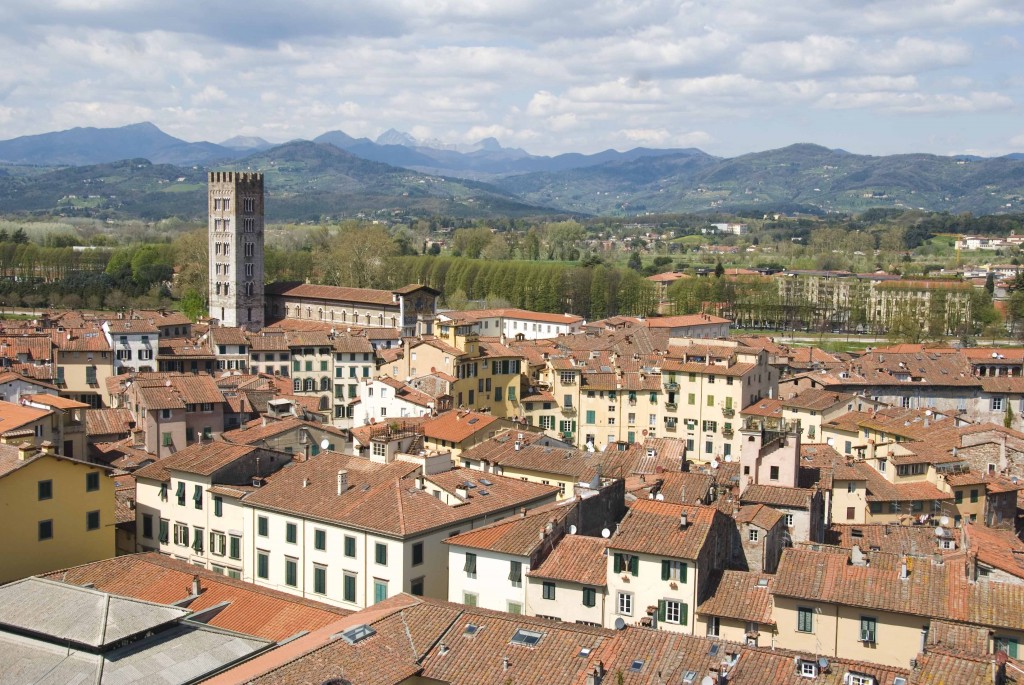
On our way to Genova we stopped in Lucca, a small Tuscan town, for the early part of the day. Lucca is a small sleepy town and not quite the town which tourists usually flock to. The streets and piazzas are sparse and eerily quiet, making for a relaxing stroll through the town.
We got to walk around Lucca’s intact city walls built in the 1600’s, which now have a park on top of them that circles around the entire city. These walls offered views around the town and area surronding the city, as well as many underground spaces and wall circuits to explore.
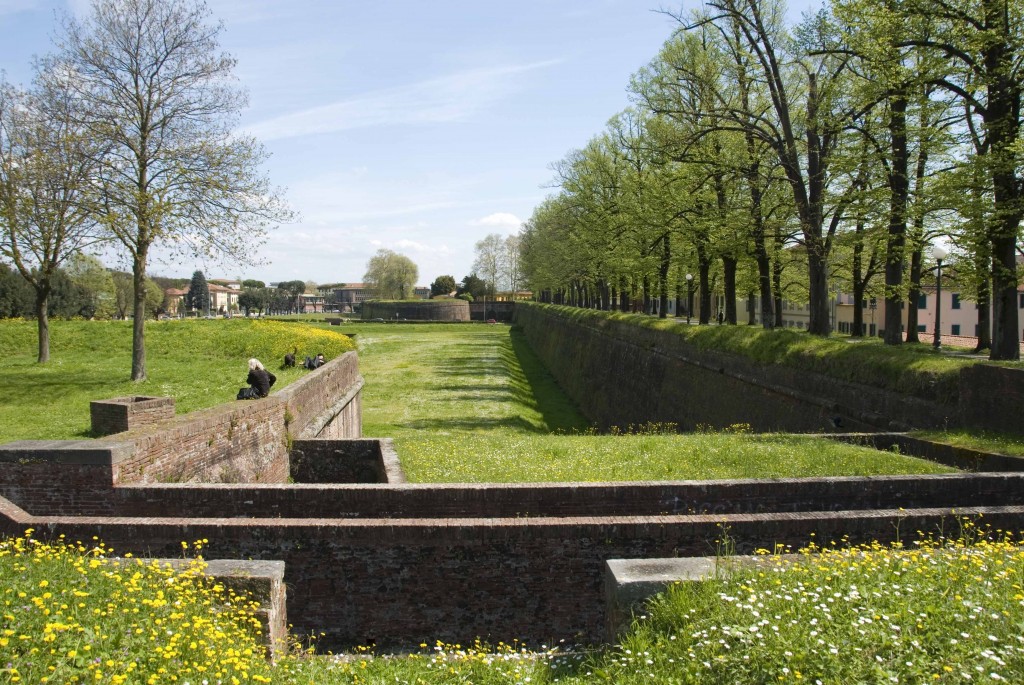
Piazza del Anfiteatro is one of the town’s most defining icons. Like Piazza Navona, this piazza traces the shape of a Roman amphitheater which used to exist here.
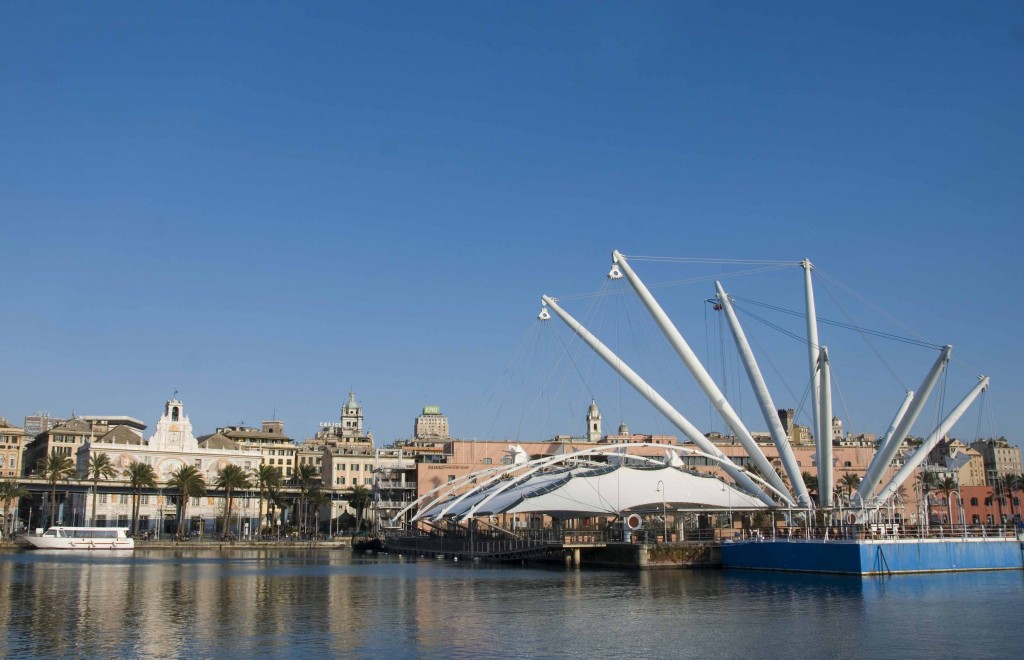
On arrival in Genova, our double decker bus drove us on top of a narrow highway along the waterfront to have a fly-through view of Genova.
Genova is a city of contrasts. Unlike many other Italian cities, the old and new are never strictly separated but mixed in often blatant ways. The built environment assumes a rather pragmatic role, unafraid to juxtapose the most unlikely of things together such as highways running on top of renaissance palazzos, and cluttered decks and piers along the pristine sea. This is probably due to the city’s mountainous terrain that is bounded by the seashore and port. Every space is built with buildings in its most compact way, hugging the very curve of the sea’s edge and pushing every deck and pier out into the ocean as far as possible.
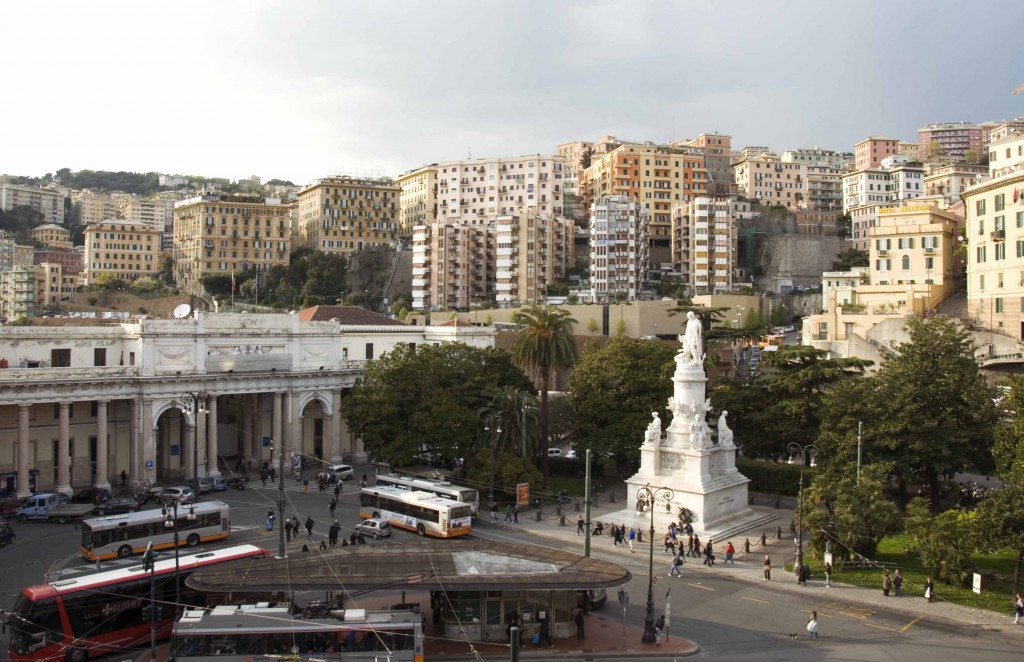
The city is also unafraid to display its history of wealth and power. We spent much of our second day walking along Via Garibaldi to see some of the city’s grandest palazzos: Palazzo Rosso, Bianco, and Doria Tursi; all tightly lined up along this narrow street and each proudly displaying its wealthy Baroque facades. Each palazzo has its unique spatial sequence and way of addressing the main street.
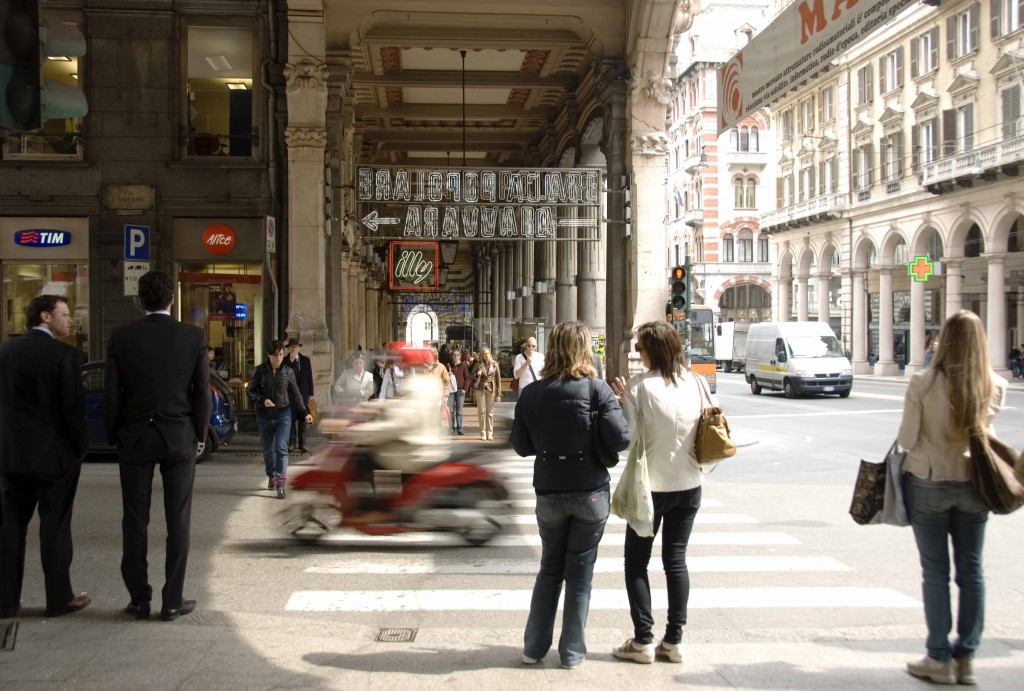
After visiting the Genova Modern Art Gallery, many of us spent the rest of the day at Renzo Piano’s acquarium perched along the pier in Genova’s port. The acquarium is one of Piano’s many projects in the city as he is a native of Genoa and has been involved in the city’s current urban development along the water front.
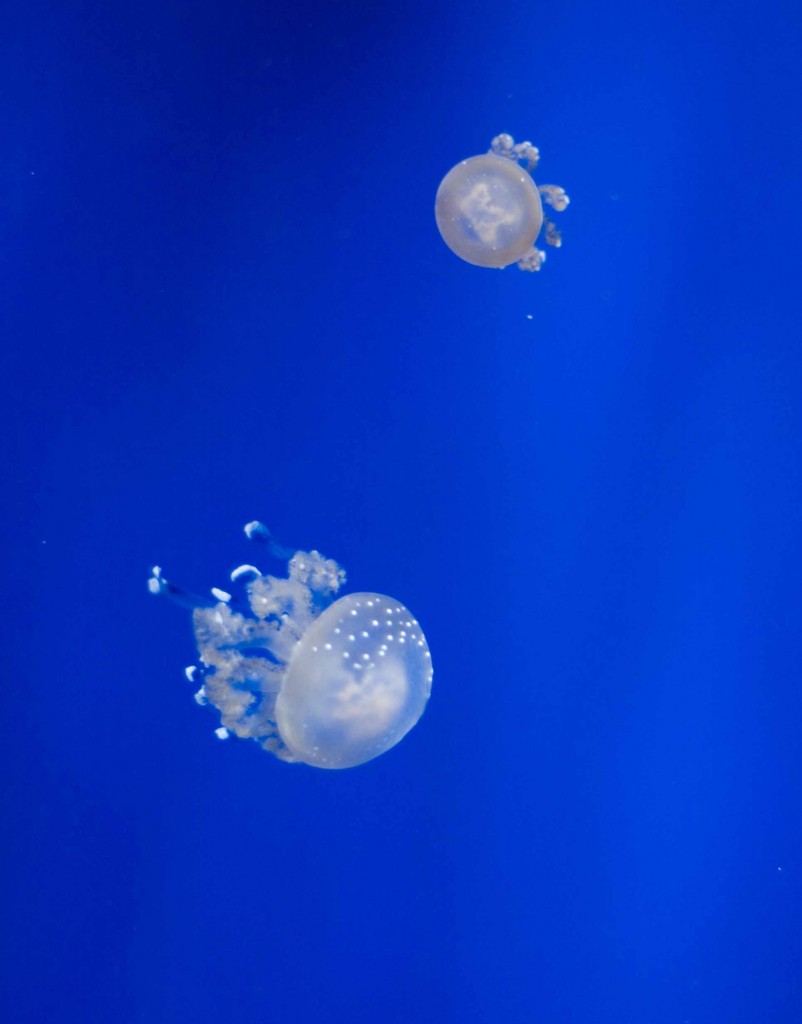
One also can’t miss the pesto for which the Genovese cuisine is so famous!
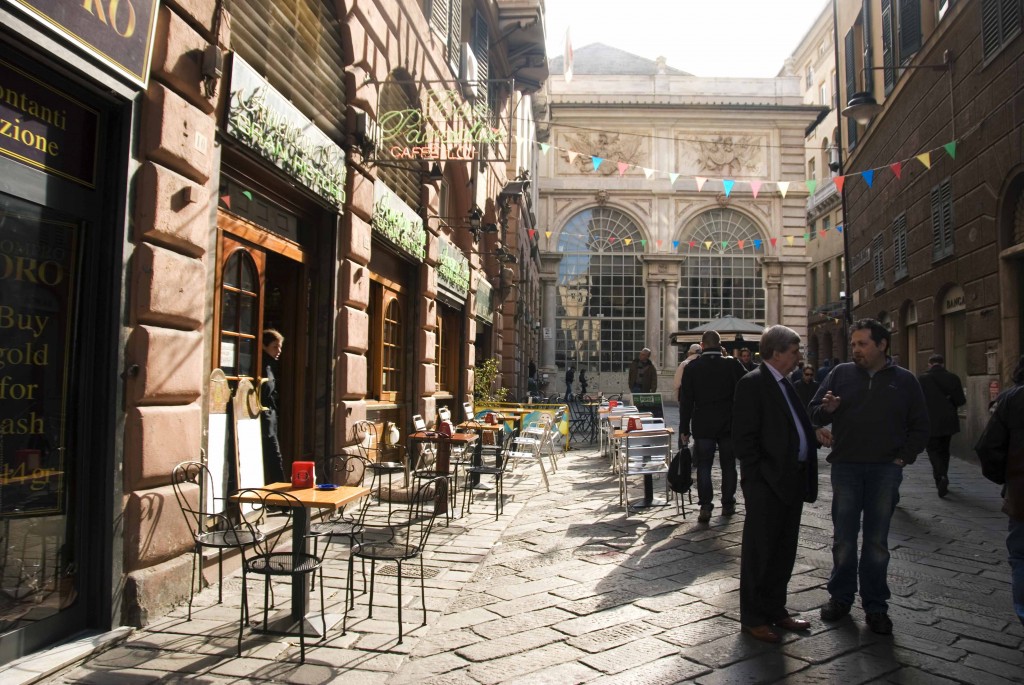
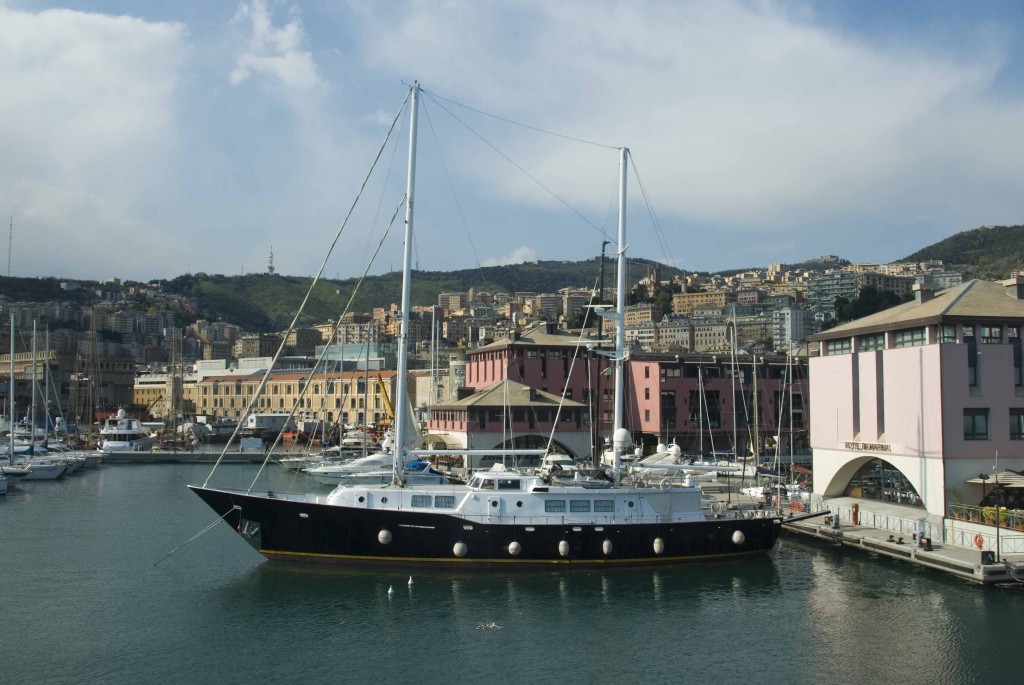
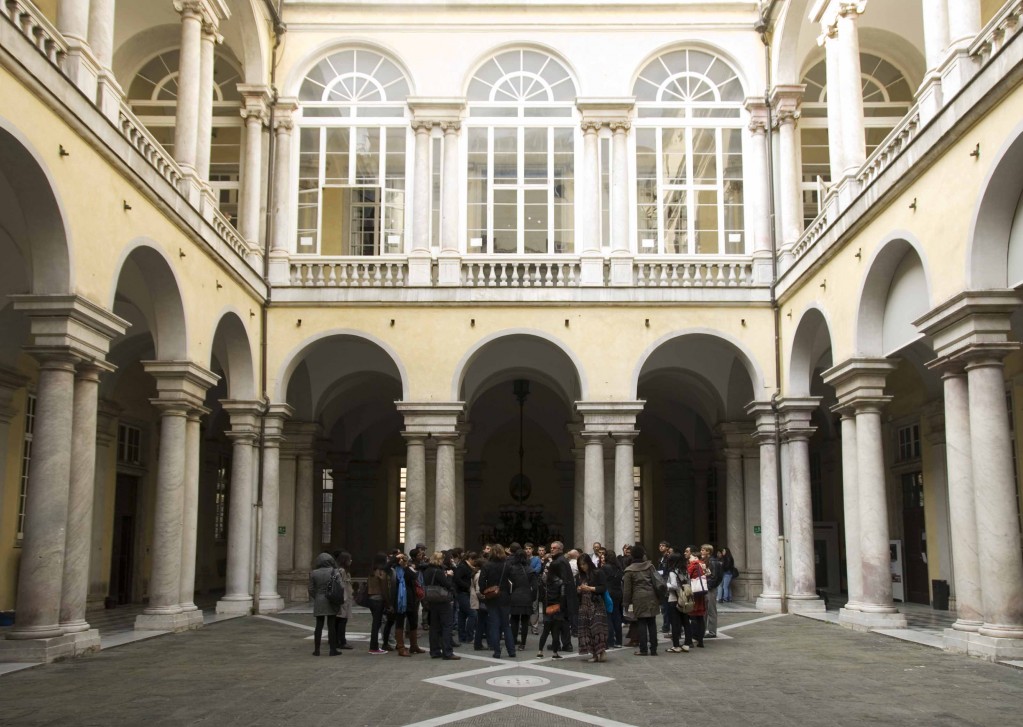
Turin was a city of entirely different character. Unlike other Italian cities, Turin saw its development mostly in the Baroque period so everything here is quite Baroque in nature- rational street grid plans, monumental piazzas, and baroque ornamentation along building facades, all under the backdrop of the Swiss Alps. We visited large monumental baroque palaces, churches, and Piazza Carlo Felice and Castello.
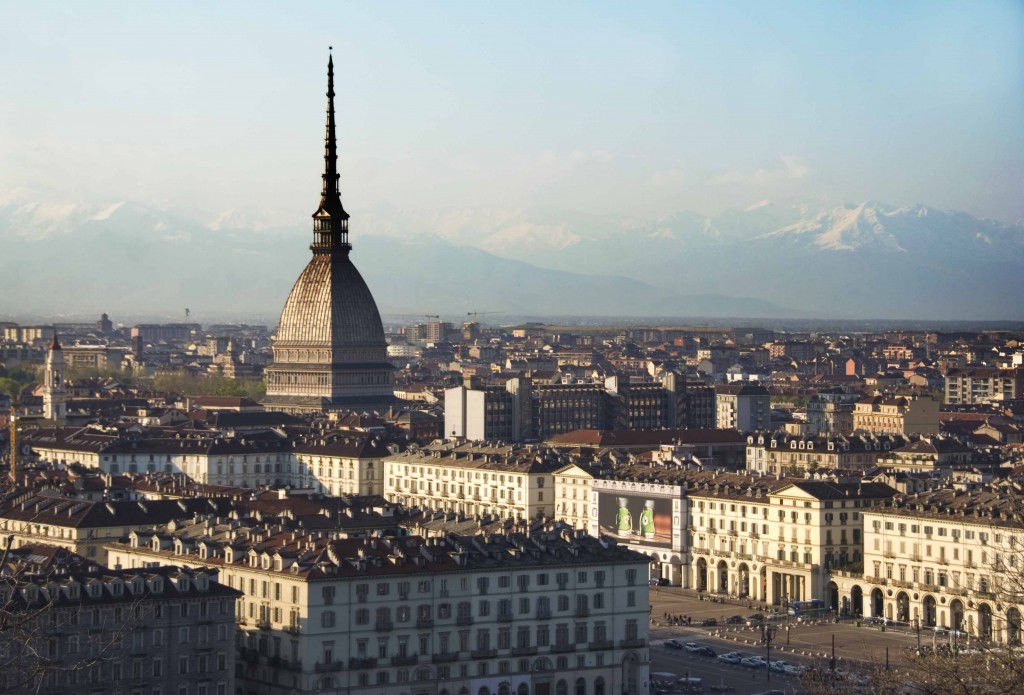
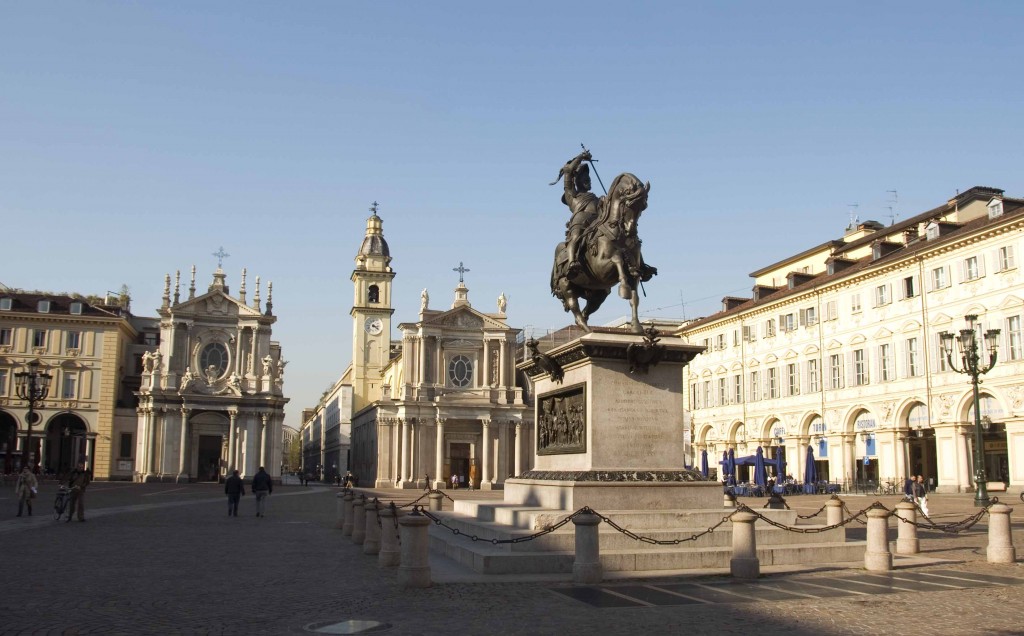
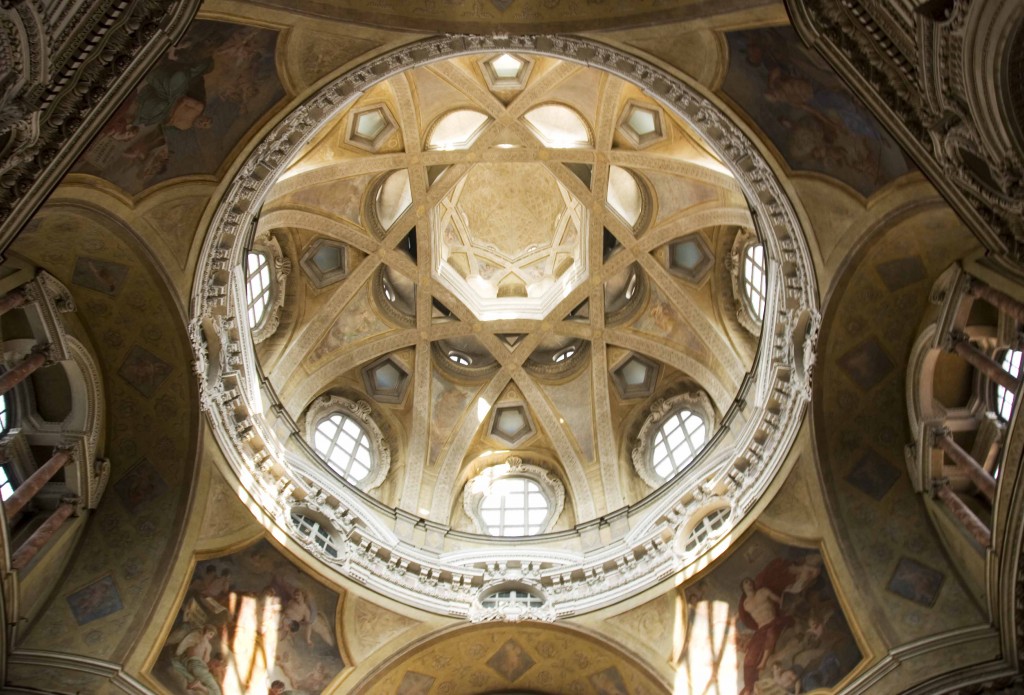
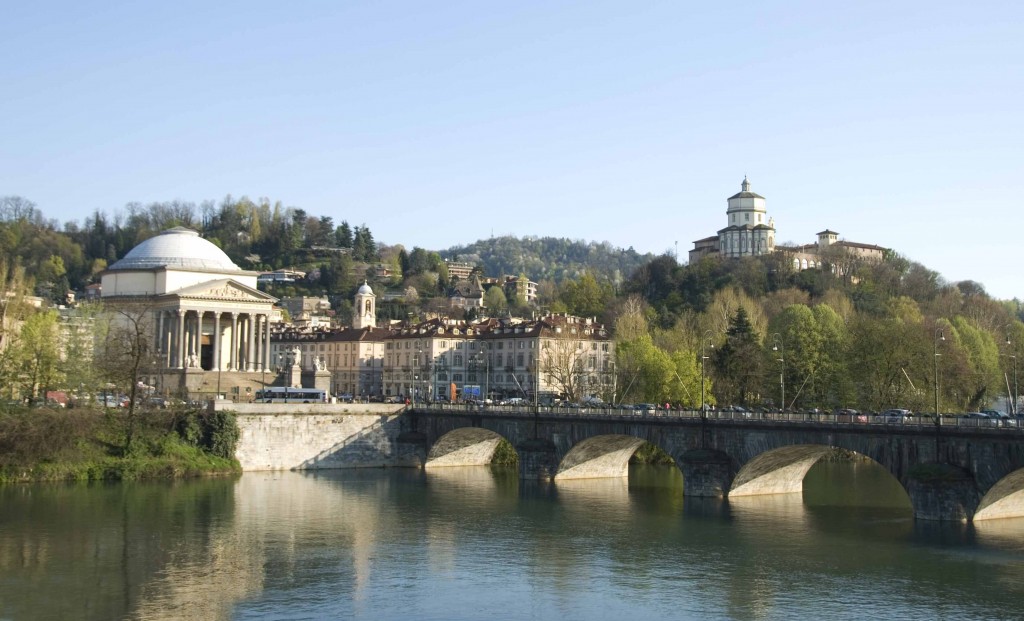
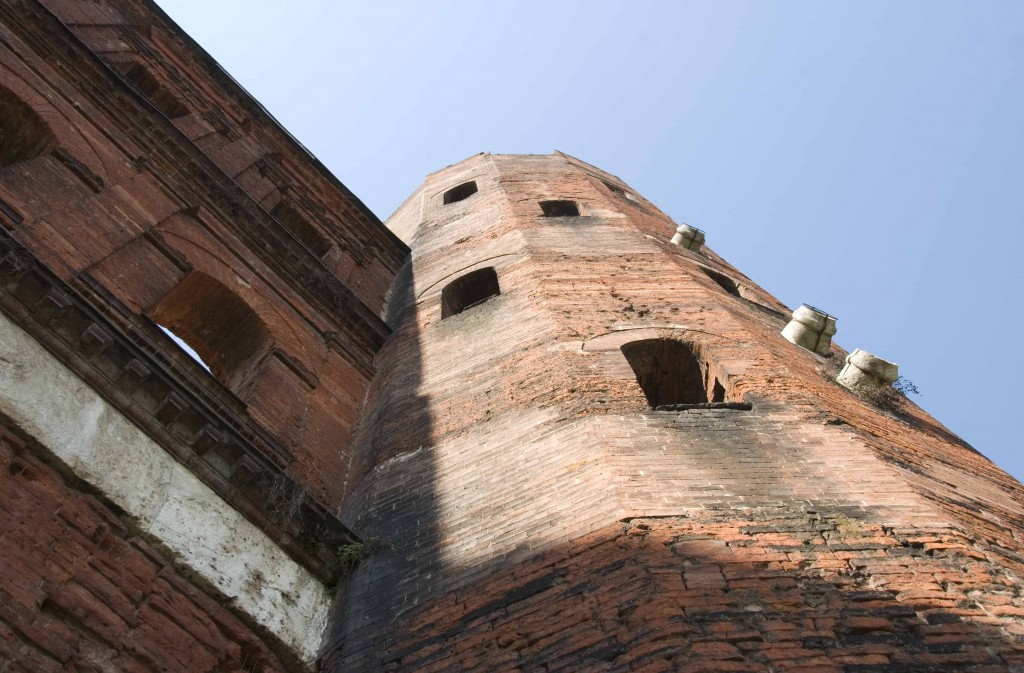
We took a bus out of the historical center of Torino to visit the Fondazione Sandretto Re Rebaudengo, a modern art museum which exhibited 21 Italian artists reflecting on the 21st century. The exhibition was based on the relationship between innovation and tradition. This is always a critical topic for architects and artists alike since creative production is always linked to the past and is nurtured on what came before it. Experimentation in art and new approaches in semantics are used to explore the impact of these dynamics on today’s society.
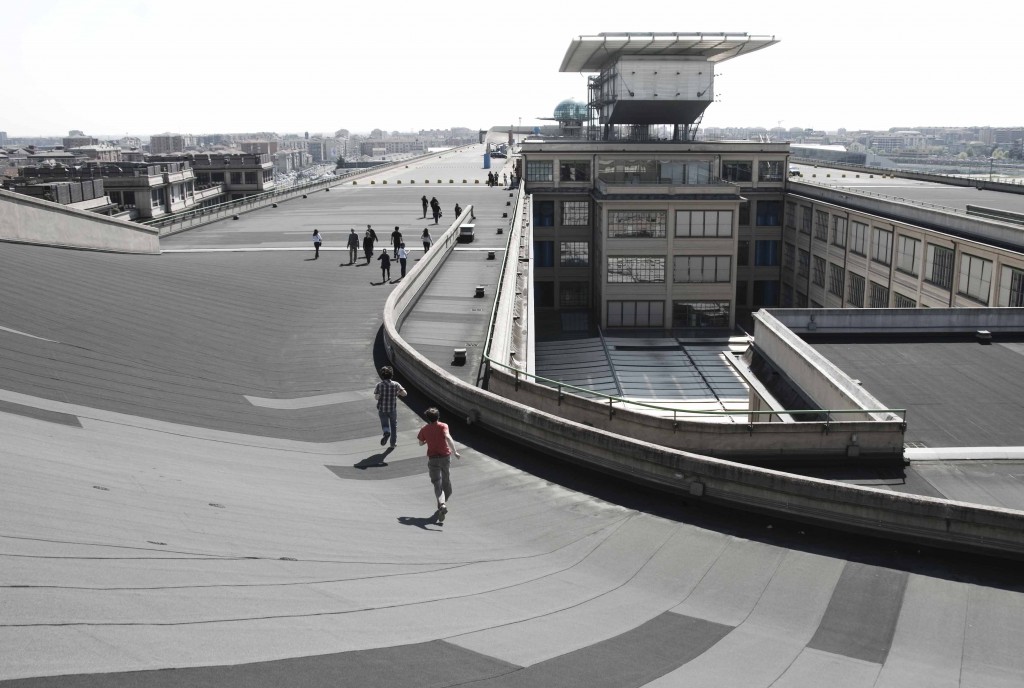
The architecture students then left the museum early to visit the famous Lingotto Building, the largest car factory of its kind, in its time, which housed the production of Fiat cars in the early 20th century.
Many of us architecture students had already come to know this cult building as it has been the subject of many of our architectural history classes. The building is a first of its kind: the largest factory during its day and particular for how the building integrated the movement and assembly of cars within.
Unfortunately, to our dismay, much of the factory had already been converted into a massive commercial shopping complex, leaving the interior with little trace of what used to be a bustling Fiat car factory.
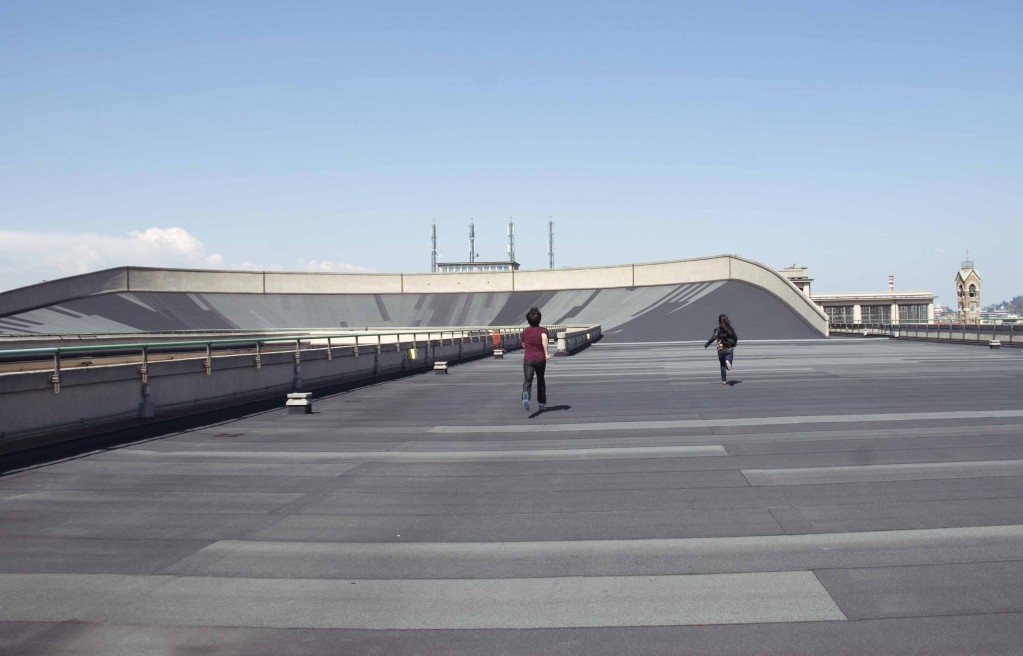
We ran around on the race track on top of the building where cars had once raced around after having been assembled. At the center of the test track is a newly attached exhibition space designed by Renzo Piano, containing art works by Matisse and Picasso.
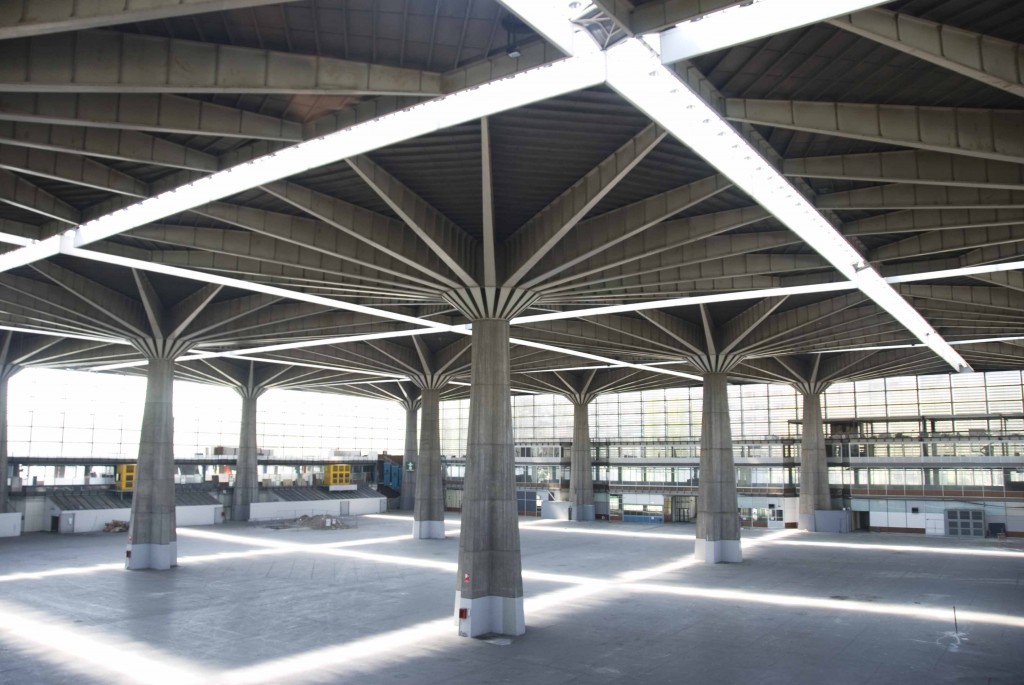
We also visited Nervi’s Palazzo del Lavoro nearby, where an engineer allowed us special access into this grand space. The building was in a badly deteriorated state but its structure remained just as impressive as it had been before. Tall stem columns span out to support a steel roof creating an expansive space while allowing a grid of light to radiate the space, creating a subtle fusion between structure and space.
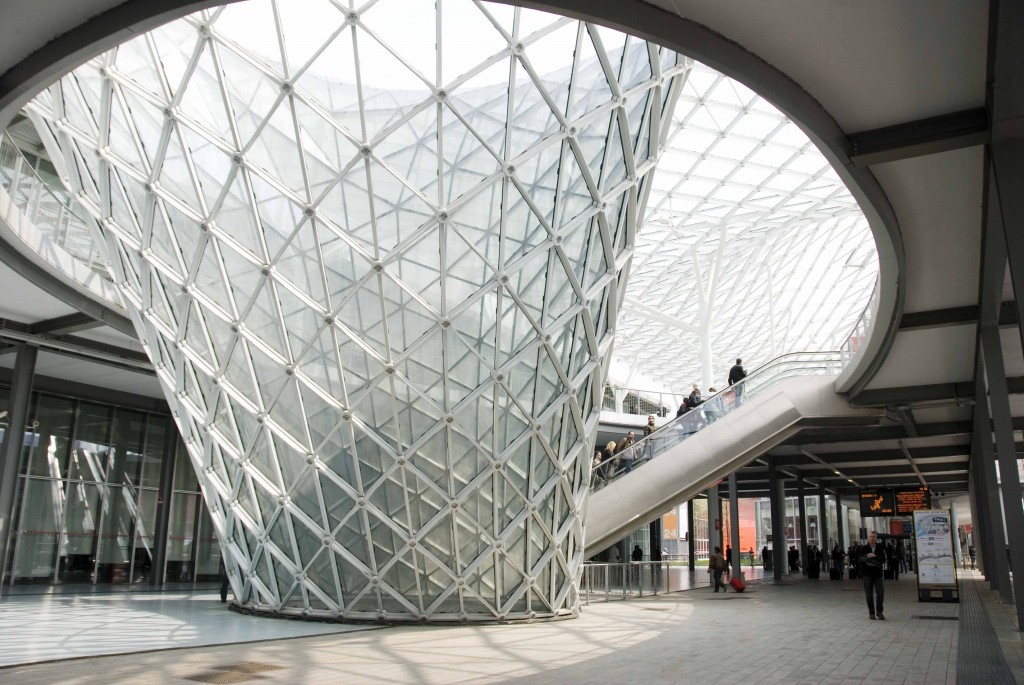
On the fourth day, we were fortunate to be able to visit Massimiliano Fuksas’ Milan Trade Fair on the outskirts of Milan. This was one of the largest building projects in Milan with a dynamic steel roof stretching a mile long to connect the different exhibition halls together.
We were fortunate to visit this exhibition during the world’s largest furniture fair, where hundreds of high-end furniture companies and connoisseurs from all over the world come dressed in their best to see the latest furniture products and ideas. The exhibitionfeatured a countless number of design companies from all over the world with a vast collection of furniture, ranging from ordinary chairs and tables to the exotic, such as chairs made out of aluminum foil and LED light chandeliers.
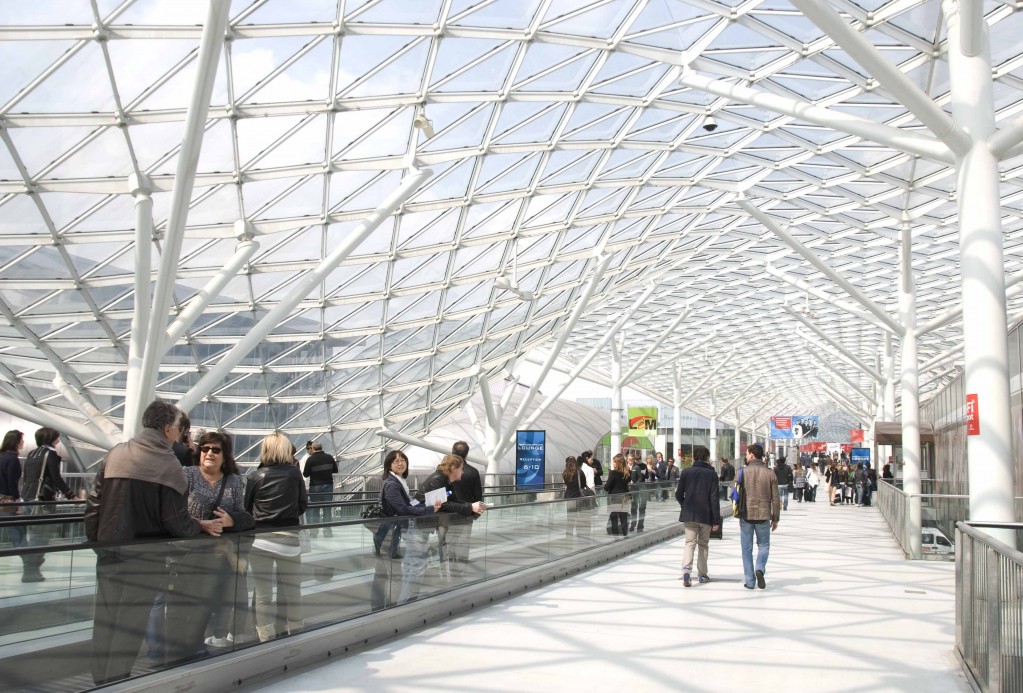
We then traveled to Lake Como, the famous lake known for its pretty scenery and the various mansions owned by real actors and imagined characters alike. Departing from the small historic town perched along the beautiful lake, we toured from mansion to mansion through the valley while trying to prevent ourselves from getting soaked by the rain!
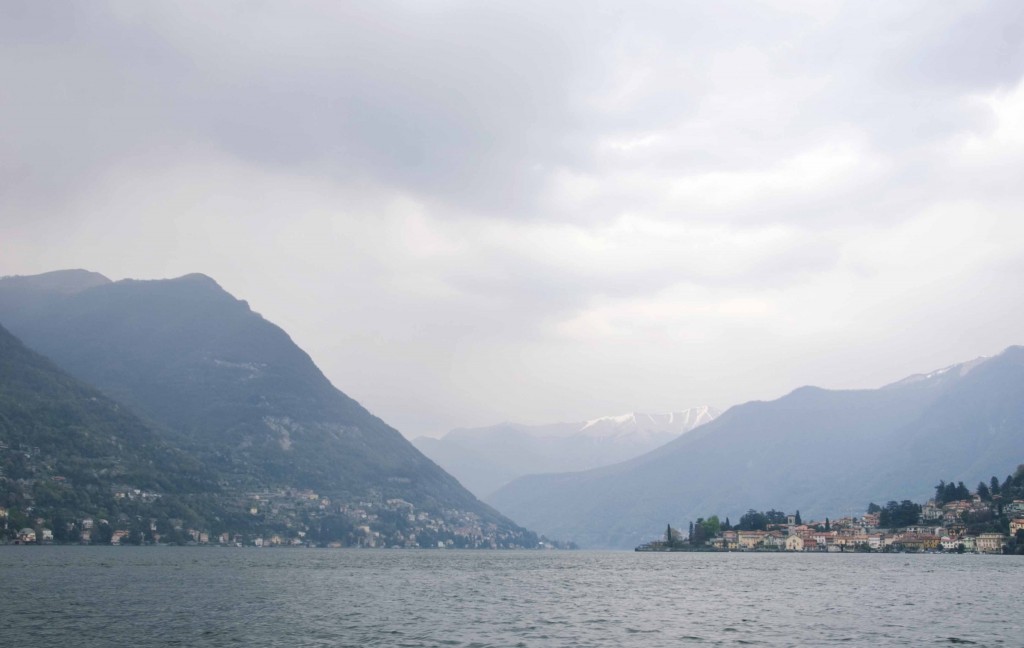
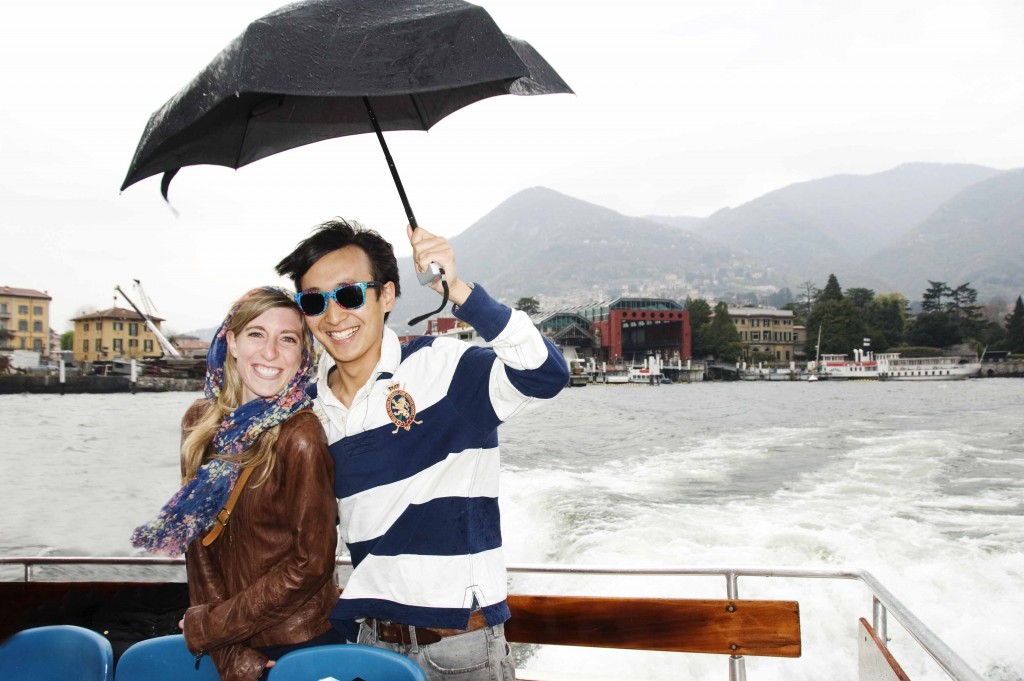
Lake Como may be well known for its pretty scenery but it is also the site for the many cult buildings in the architecture circle, including Casa del Fascio and the Sant’ Elia nursery school by Giuseppe Terragni.
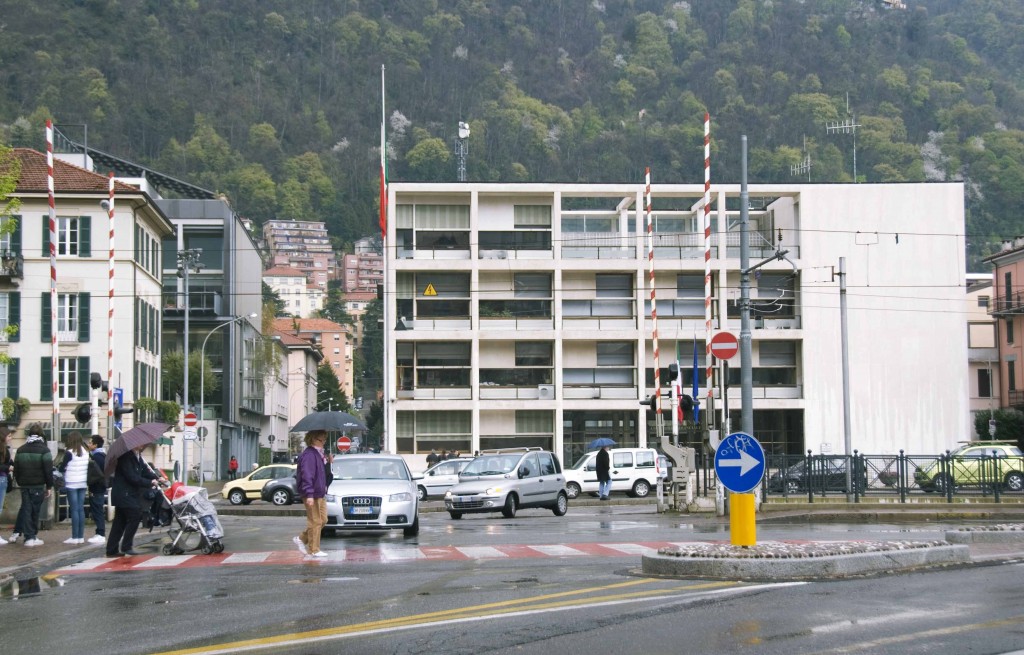
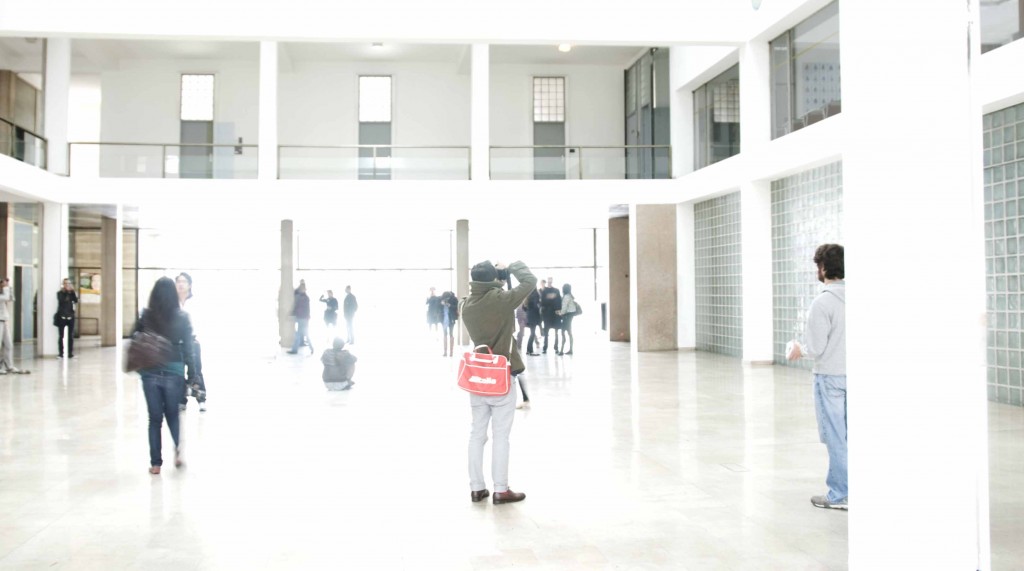
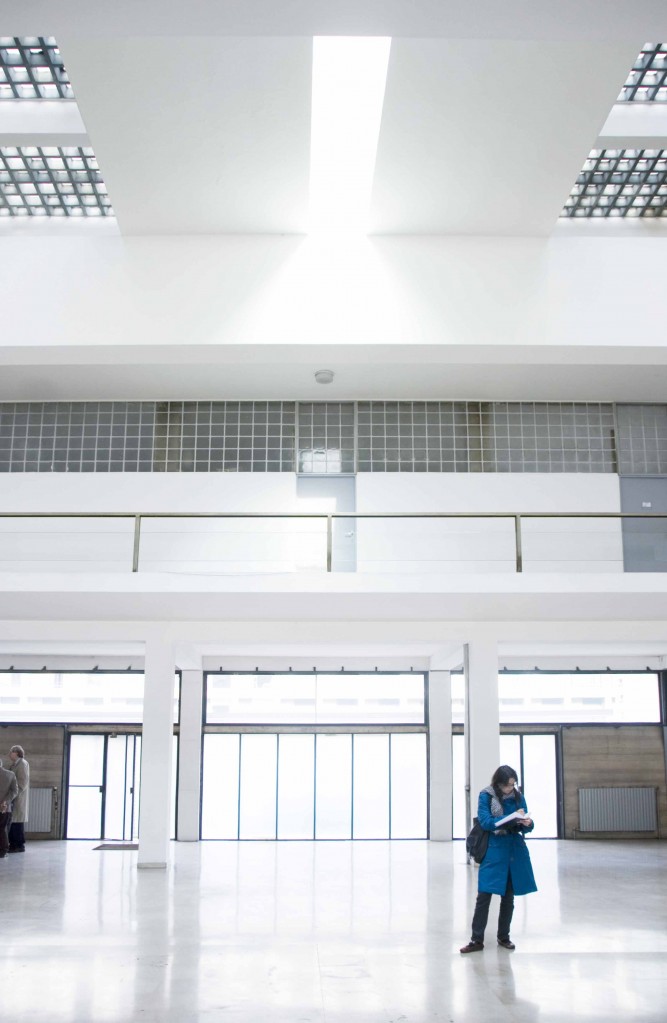
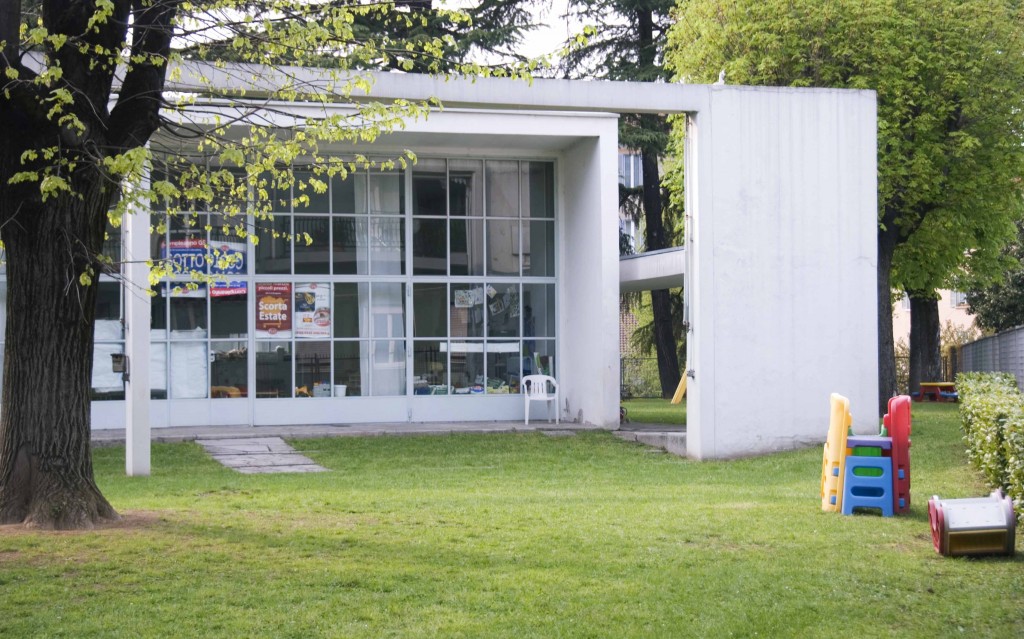
We spent our last night in Brescia, a small historic city near Milan. One of our professors, Jan Gadeyne a specialist on ancient and medieval Italy, joined us to give us a historic overview of this once Roman city and its regional influence.
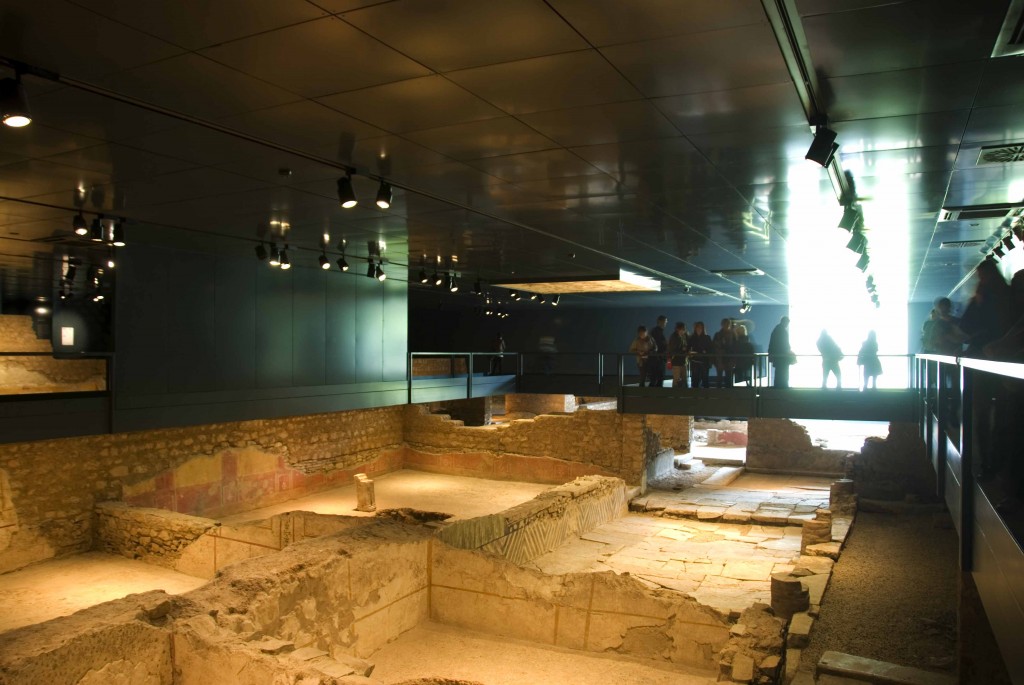
From Brescia, we stopped at the Museum of Modern and Contemporary Art in Rovereto. The museum, designed by Mario Botta, exhibited the works which reflected on the dialogue between theater and painting from the 17th century to the 20th century with works by 19th century painters such as Delacroix and David, to Degas and Jean-Auguste-Dominique Ingres. The exhibit depicted the close relationship between painting and theater along with the literary themes which accompanied them.
We arrived back in Milan to visit the historic part of the center, which included climbing up to the top of Milan’s gorgeous Cathedral.
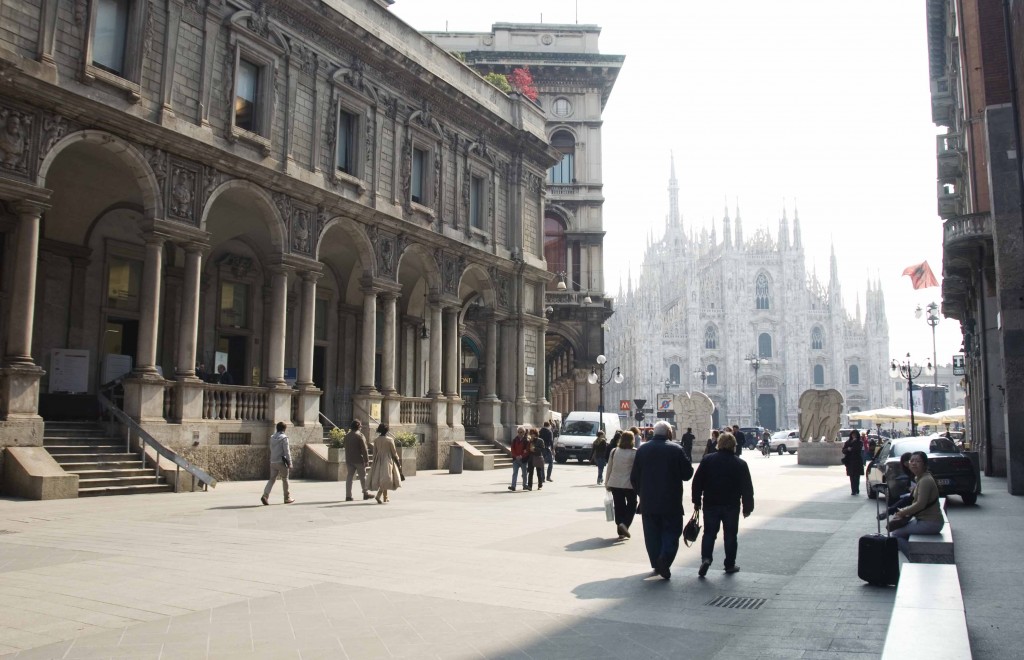
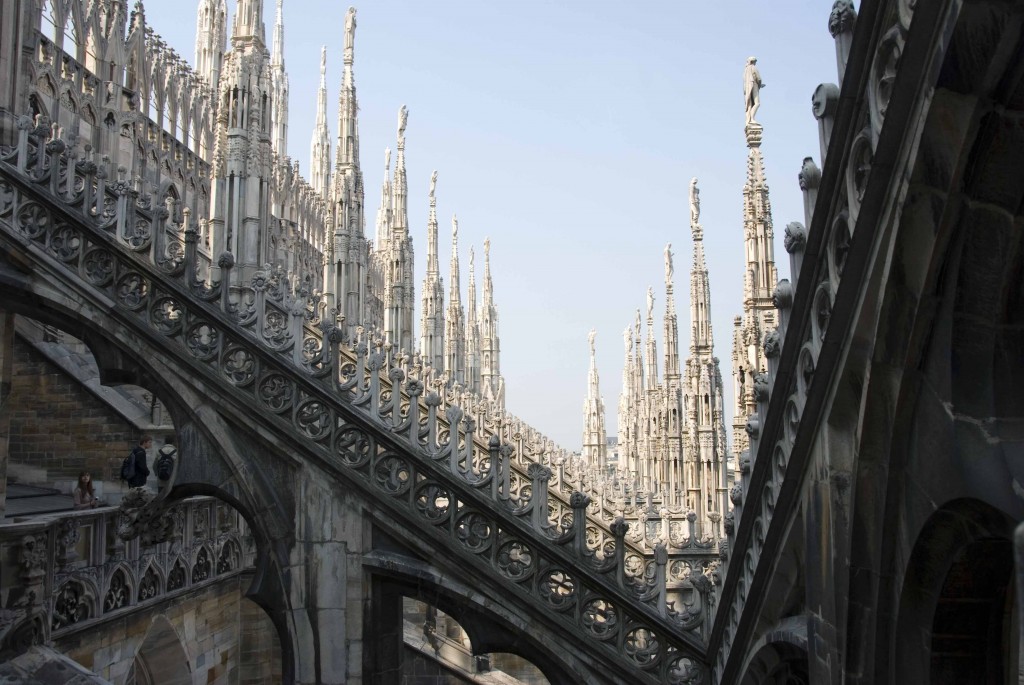
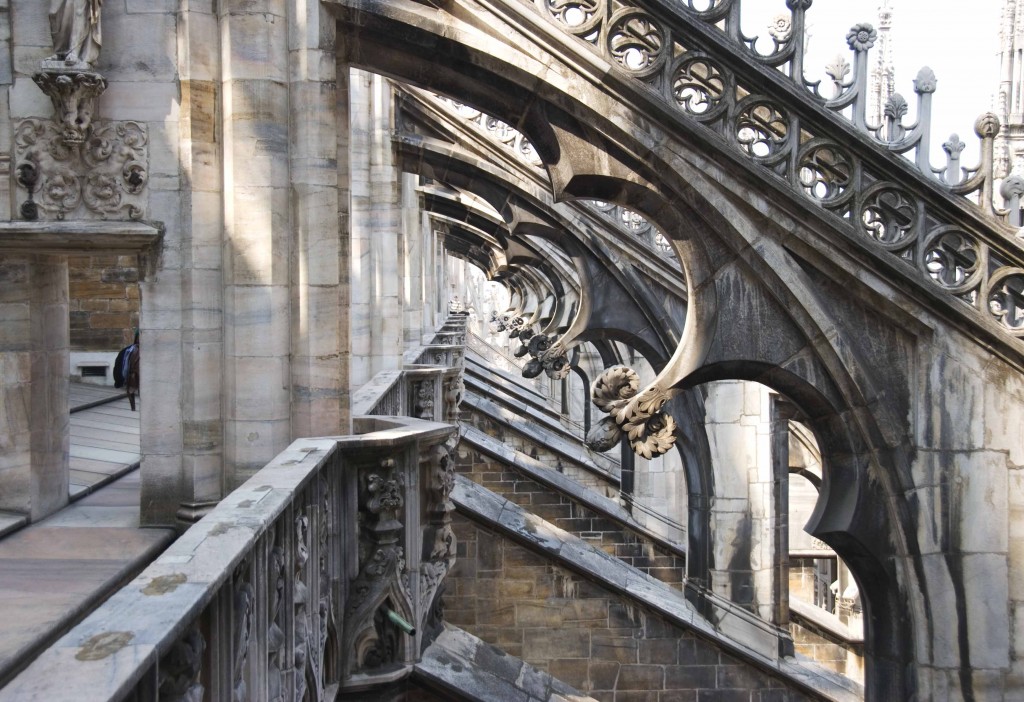
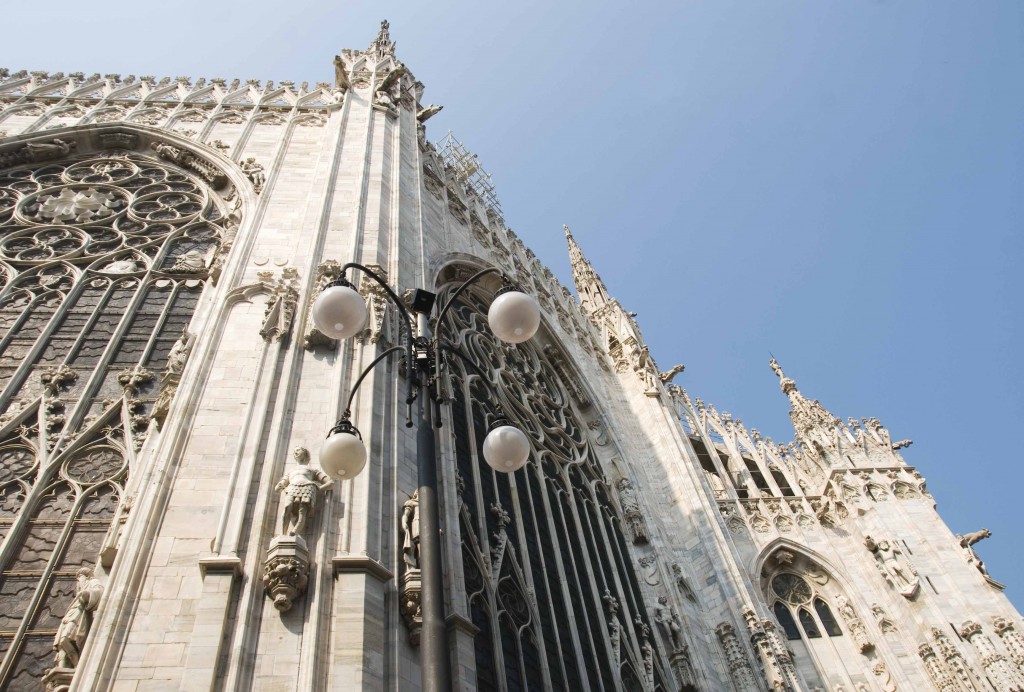
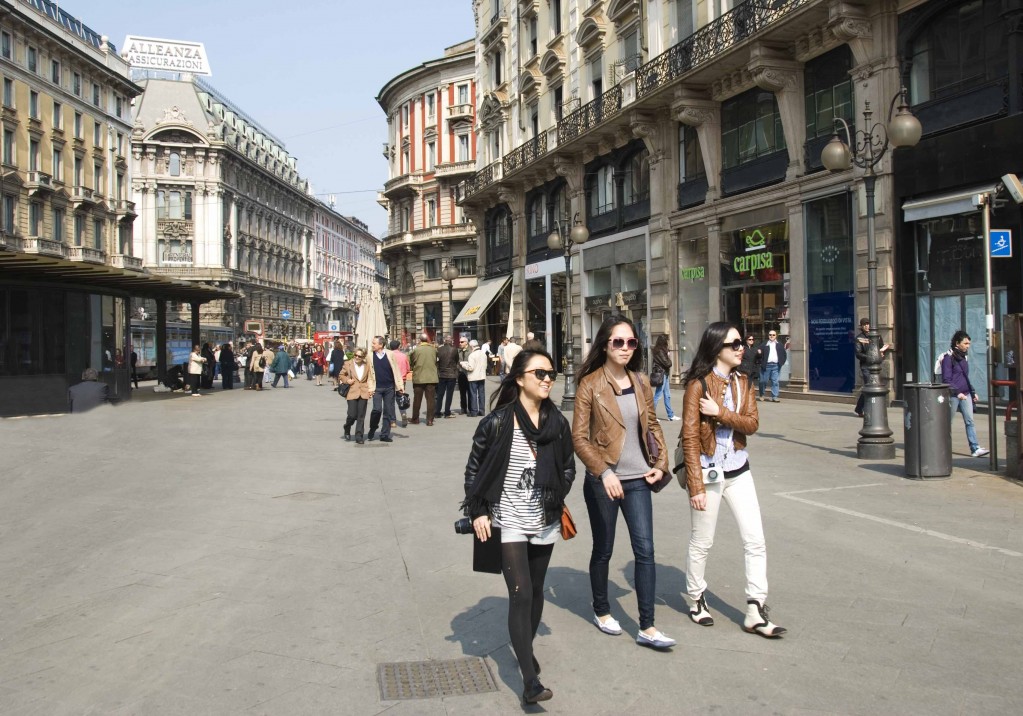
The architecture students broke off from the rest of the group to visit Daniel Libeskind’s satellite firm, as well as several important contemporary buildings by Terragni and the most contemporary project to date, the recently built extension of the Bocconi University built by Grafton architects.
Milan of course is known as the design capital in the world and we were able to walk through the streets filled with design exhibitions and fashion bashes. The streets were packed with energy, including hundreds of lunches and other liquor-drenched bashes given by fashion houses eager to capture the attention of the news media that had flocked to the city.
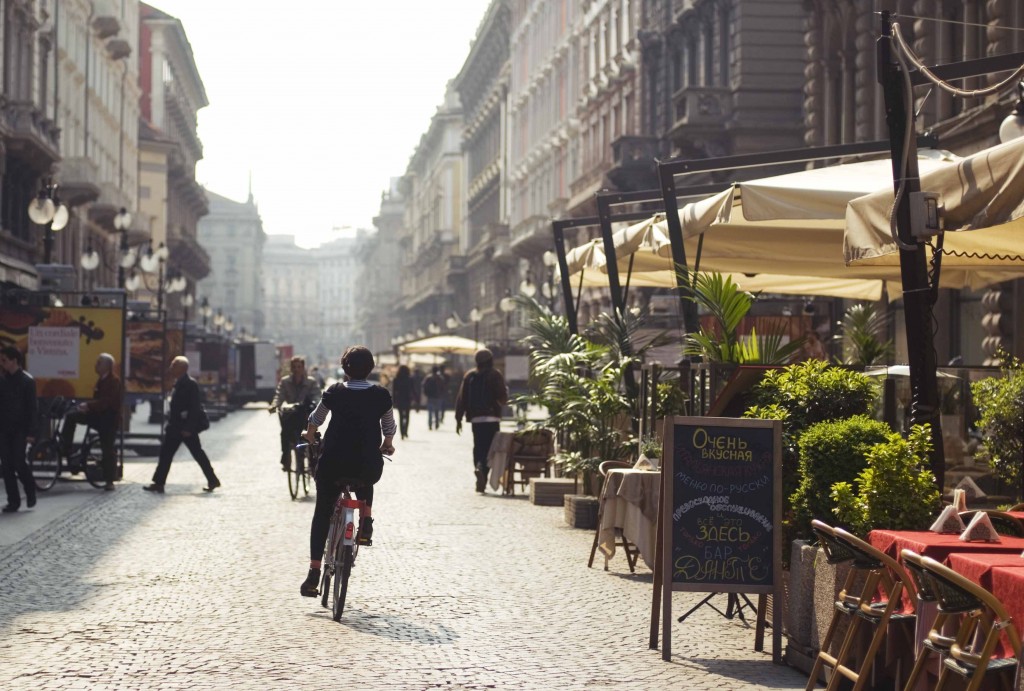
We leave Northern Italy amazed by the unique quality of each city we have visited, to realize once again how rich this country really is.

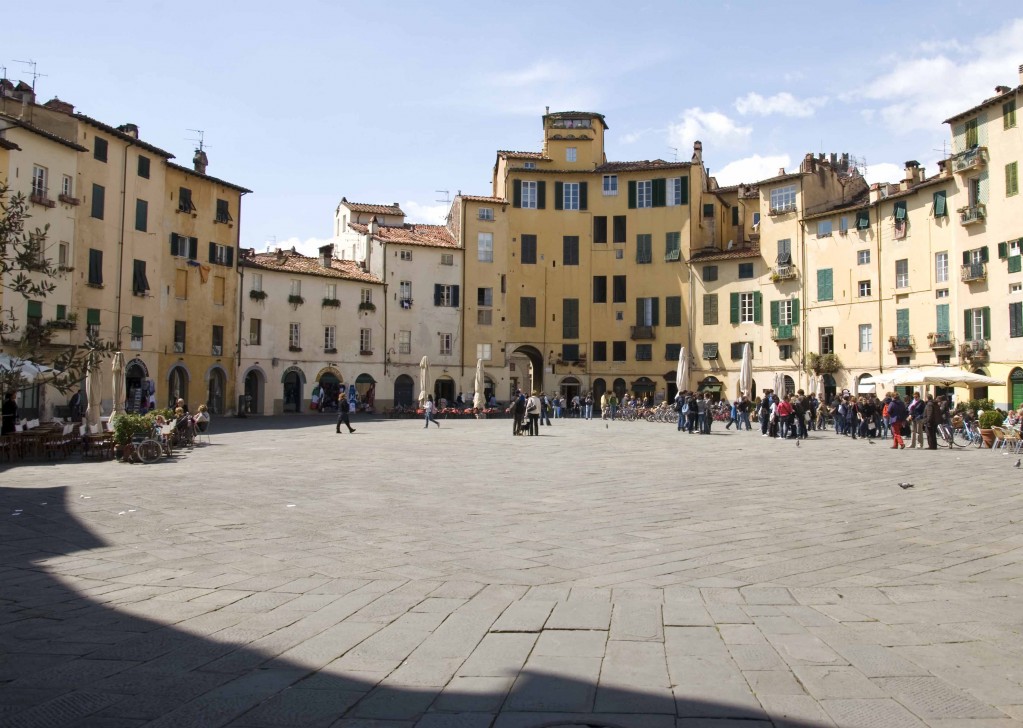
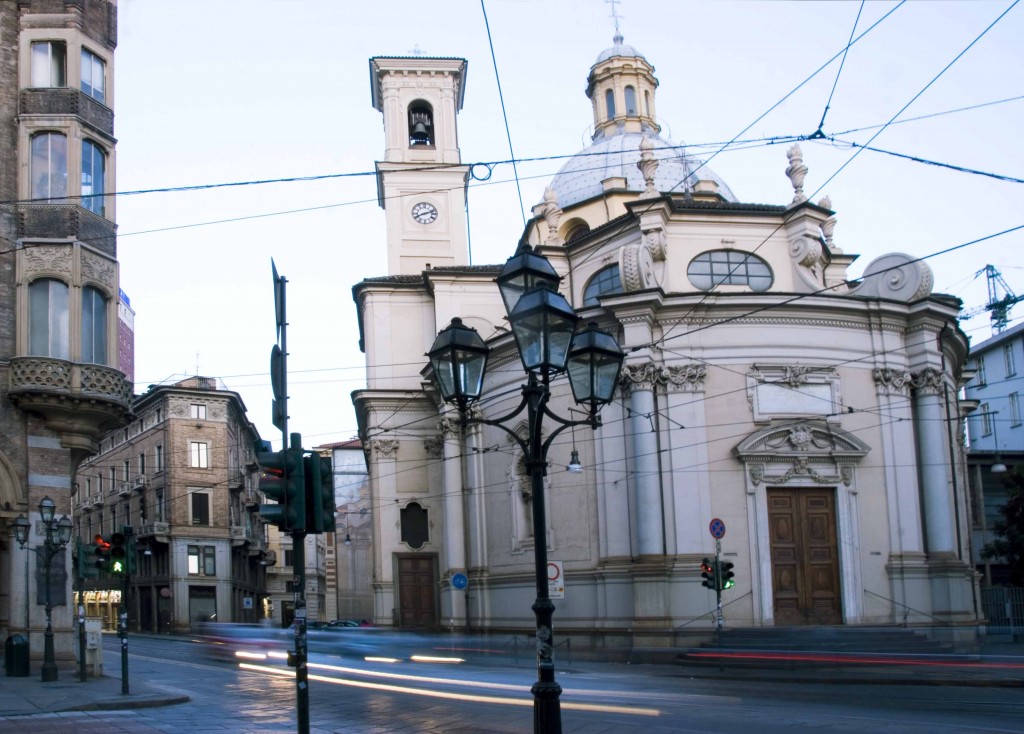
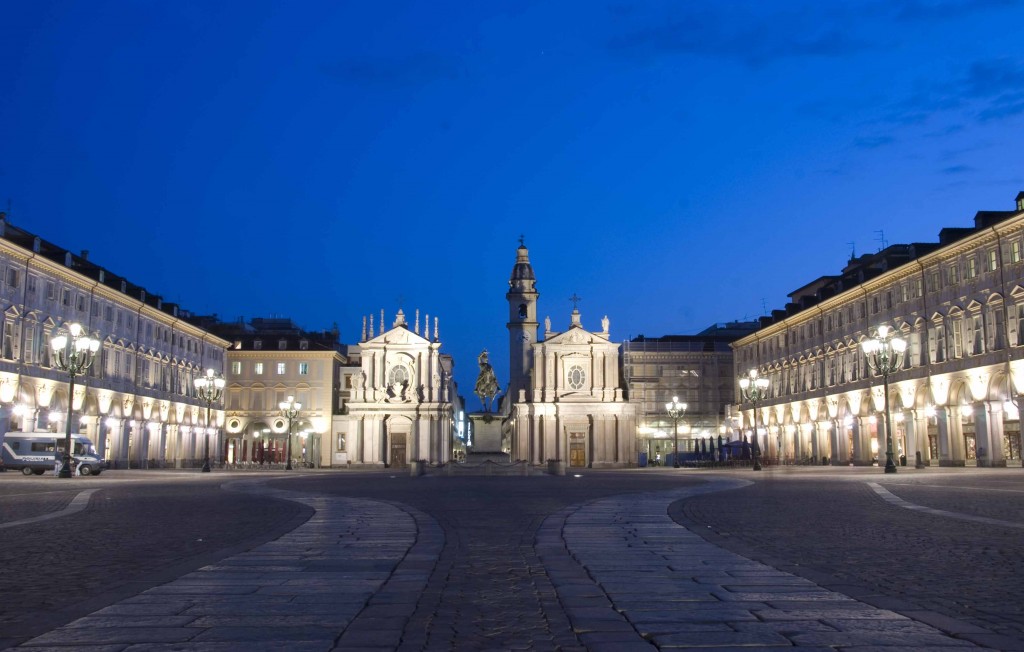
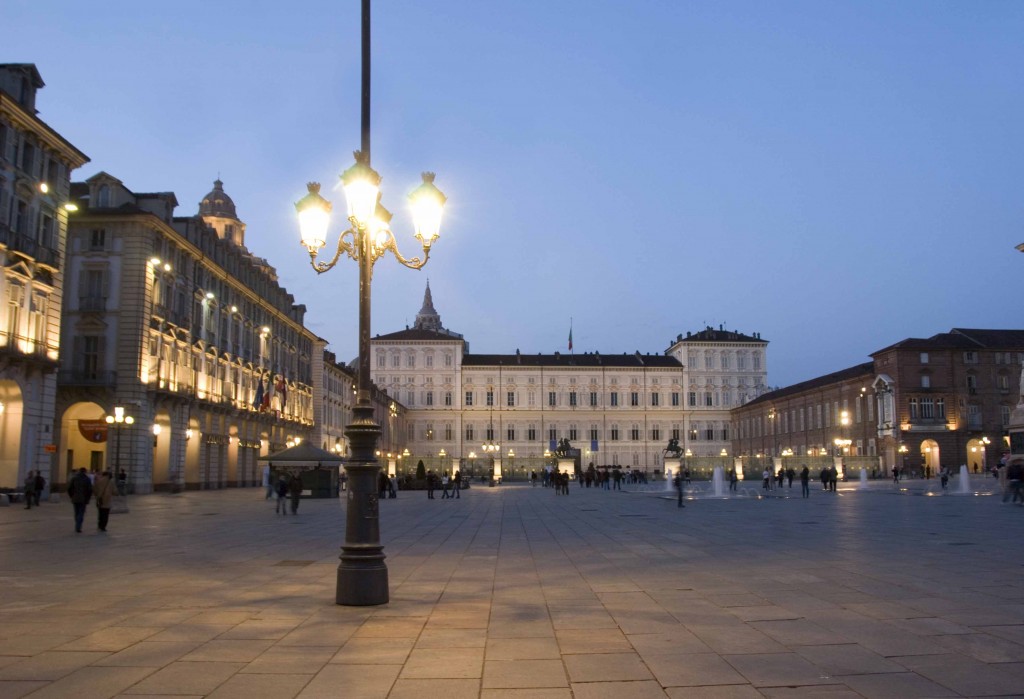
It is a great piece of article about refreshing the mind and body with in Italian environment.
Italy is a wonderful country with amazing culture and civilization. I enjoyed your travel story. You visited the world’s largest furniture fair. Italian furniture company showed their furniture products on this festival.